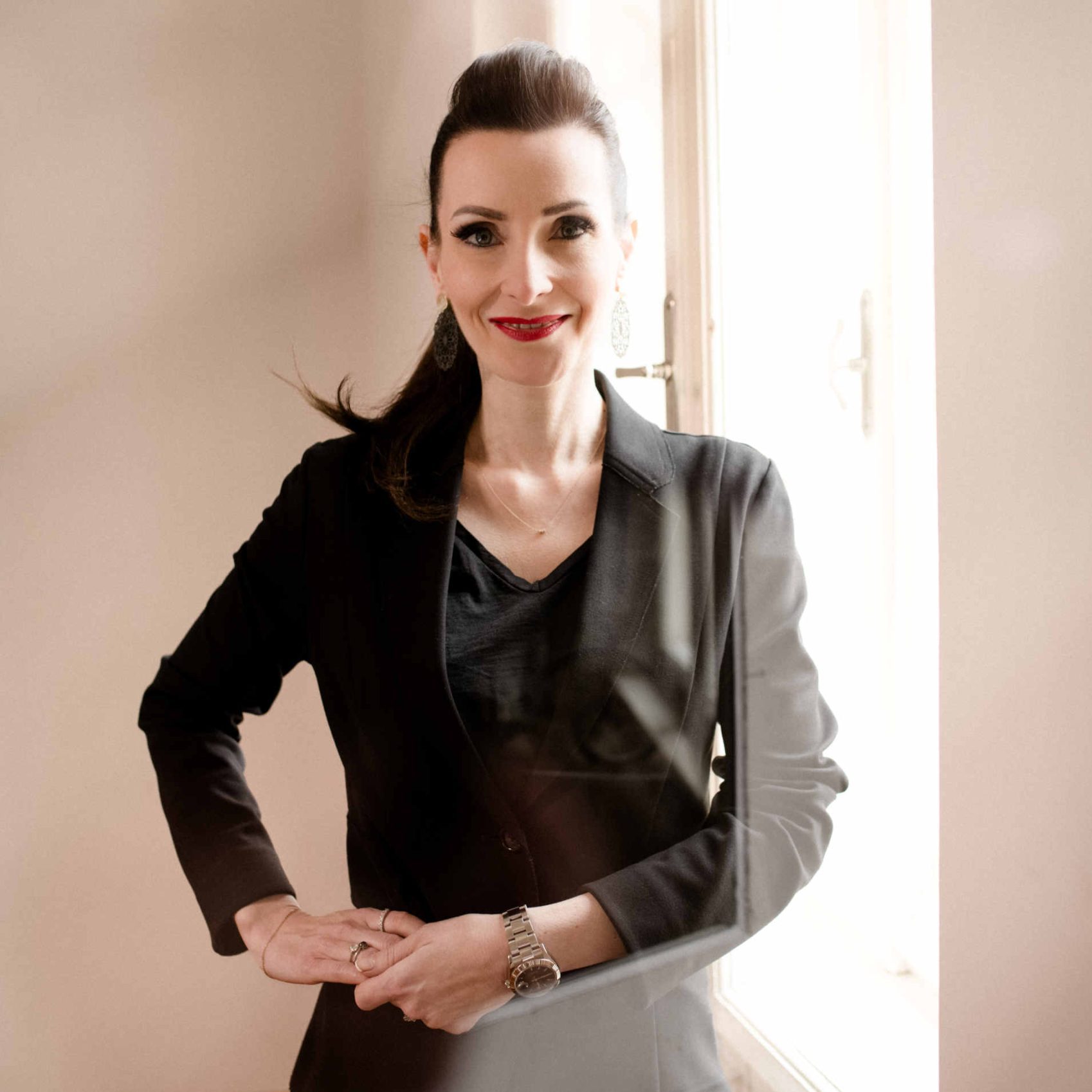
In 2025, bread is no longer a supporting actor – but a stage, a message and an experience. In Austria and Germany, the bakery trade is experiencing a renaissance between tradition, technology and new worlds of enjoyment. From ancient grains to smart baking: anyone who wants to set standards in the hotel and catering industry should be aware of these trends – and take advantage of them.
Austria:
Germany:
Whether it's ancient grains, sourdough or smart-controlled ovens - bread culture is experiencing a renaissance in German-speaking countries. Those who use it in a targeted way can emphasize their culinary identity and create real differentiation.

Less alcohol, more flavor, maximum relevance: No & Low is no longer just a sensible compromise, but the most exciting development on the beverage menu. From fermented super drinks to sparkling luxury alternatives – what is emerging here is a new self-image of enjoyment. For the hospitality industry, this means new target groups, new added value, and new opportunities.
From Japan to Vienna: Oak 107 in the 6th district is Vienna’s only Kobe restaurant and one of Austria’s top addresses for fine steaks and exceptional cuts. Selected by Japanese cattle breeder Muneharu Ozaki himself, Oak 107 has been serving his exclusive meat since mid-October. This is an honor bestowed on only a few restaurants in Europe—including renowned establishments in Munich, Amsterdam, and Barcelona—and makes Oak 107 in Vienna a real hotspot.


In 2025, bread is no longer a supporting actor – but a stage, a message and an experience. In Austria and Germany, the bakery trade is experiencing a renaissance between tradition, technology and new worlds of enjoyment. From ancient grains to smart baking: anyone who wants to set standards in the hotel and catering industry should be aware of these trends – and take advantage of them.